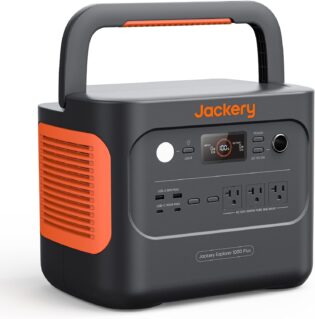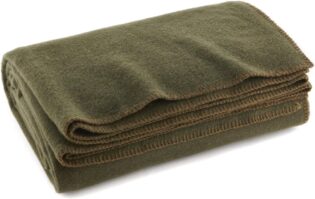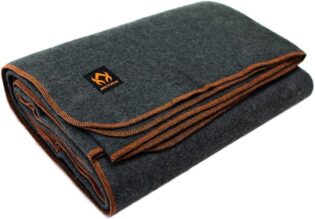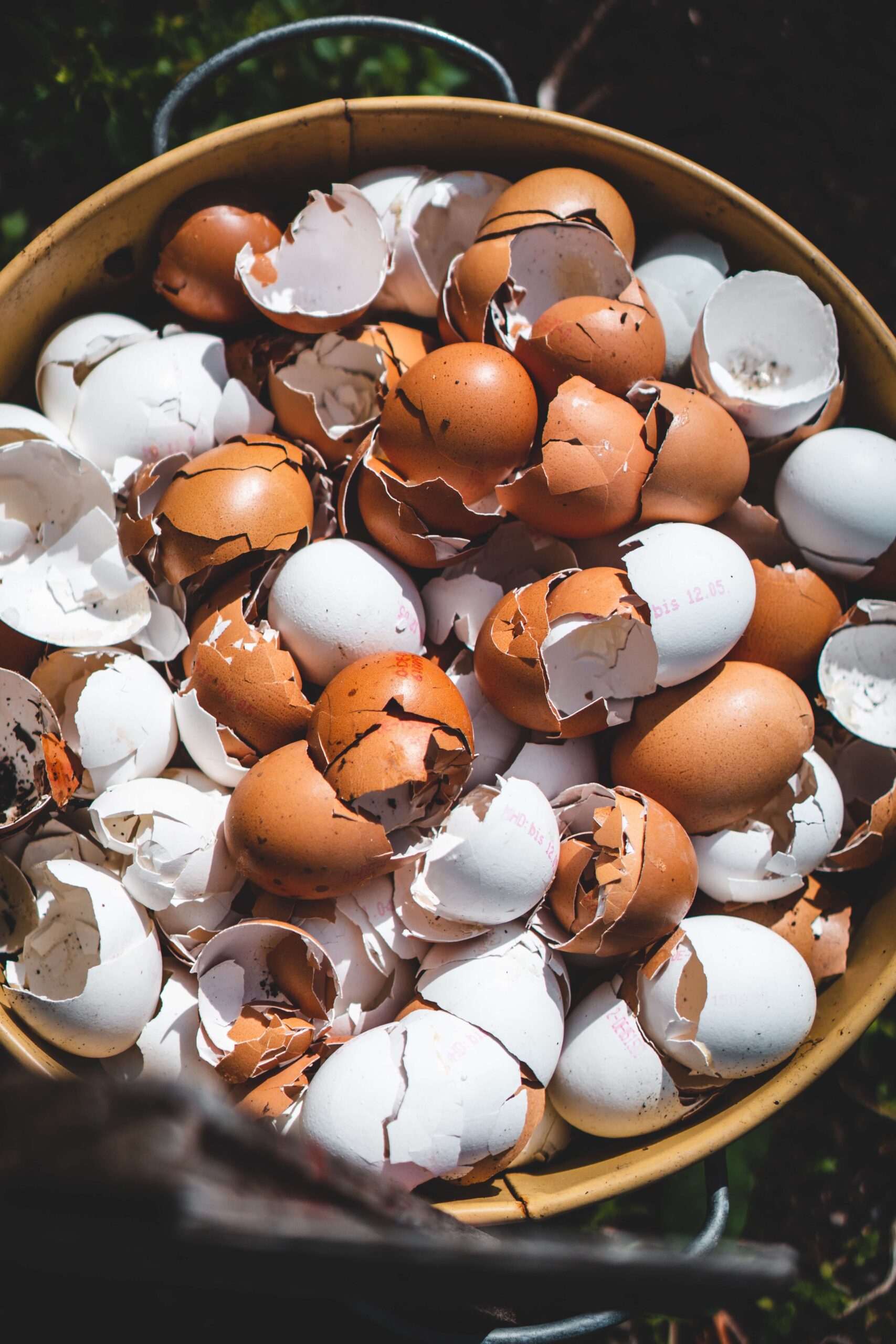
In an off-grid lifestyle, where sustainability and self-sufficiency are paramount, composting is a cornerstone practice. Not only does it reduce waste, but it also enriches the soil, helping grow nutritious food right in your backyard. For women embarking on or living the off-grid life, understanding composting can transform your relationship with nature and your garden. Let’s break down the basics of composting and how you can get started.
What is Composting?
Composting is a natural process of recycling organic material, such as leaves, vegetable scraps, and garden trimmings, into a rich soil amendment known as compost. It’s nature’s way of recycling nutrients back into the ecosystem.
reviewed
New Nightwear Styles For Autumn
Choosing the right types of nightwear will make your sleep experience more relaxed. Open your closet and make a special room for all the different types of nightwear that deserve that space.
-

COSORI Food Dehydrator
$159.99
Benefits of Composting
- Reduces Waste: Composting can divert as much as 30% of household waste away from the garbage can.
- Enriches Soil: It improves soil structure, providing essential nutrients for plants.
- Saves Money: Less need for commercial soil conditioners and fertilizers.
- Environmentally Friendly: It reduces landfill waste and greenhouse gas emissions.
What Can Be Composted?
Greens (Nitrogen-rich materials)
- Fruit and vegetable scraps
- Coffee grounds and filters
- Fresh grass clippings
- Plant trimmings
Browns (Carbon-rich materials)
- Dry leaves
- Straw and hay
- Wood chips and sawdust
- Shredded paper and cardboard
What Not to Compost
- Meat or fish scraps
- Dairy products
- Diseased plants
- Pet wastes
- Any treated or painted wood
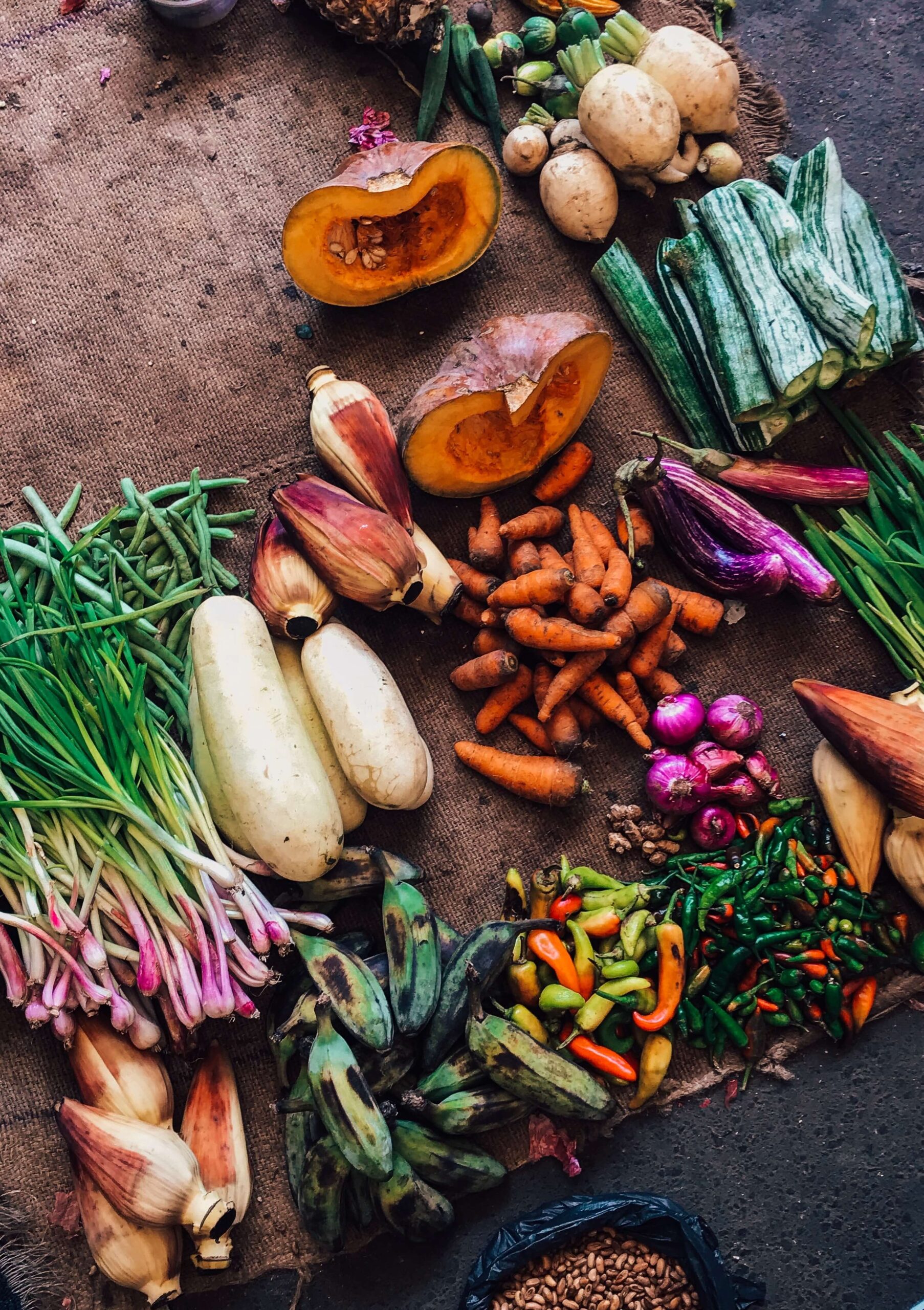
Setting Up Your Compost Bin
- Choose a Location: Pick a dry, shady spot near a water source. Your compost bin should be easily accessible year-round.
- Select a Bin: You can use a store-bought compost bin, build your own, or simply start a compost pile on the ground.
- Layer Your Materials: Start with a layer of browns, then add greens. Sprinkle water to moisten the layers.
- Maintain Your Pile: Turn it every few weeks to aerate it, and keep it moist but not soggy.
Tips for Successful Composting
- Balance Greens and Browns: Aim for an equal mix of greens (nitrogen) and browns (carbon) for efficient composting.
- Chop Larger Pieces: Smaller pieces compost faster. Chop or shred large pieces of waste before adding them to the compost.
- Monitor Moisture: Your compost should be moist like a wrung-out sponge. If it’s too dry, add water; if too wet, add more browns.
- Be Patient: Composting takes time. It can take anywhere from two months to two years to produce finished compost.
- Use It in Your Garden: Once your compost is dark, crumbly, and earthy-smelling, it’s ready to use. Mix it into your garden soil or use it as mulch.
Common Composting Problems and Solutions
- Bad Odor: Usually due to too much moisture or too many greens. Turn the pile and add browns.
- Pests: Keep meat, dairy, and oily foods out of your compost. Use a bin with a lid if pests are a problem.
- Slow Decomposition: Make sure you have a good mix of greens and browns and that the pile is moist. Turning it more frequently can also help.
Composting is nature's alchemy, turning everyday scraps into gold for the earth, a simple yet profound reminder that in giving back to the soil, we cultivate life itself.
Composting is a rewarding part of living off the grid, offering a sustainable way to manage waste and nurture your garden. As a woman living close to nature, embracing composting aligns with the ethos of nurturing and growth, both in your environment and in yourself. Happy composting!
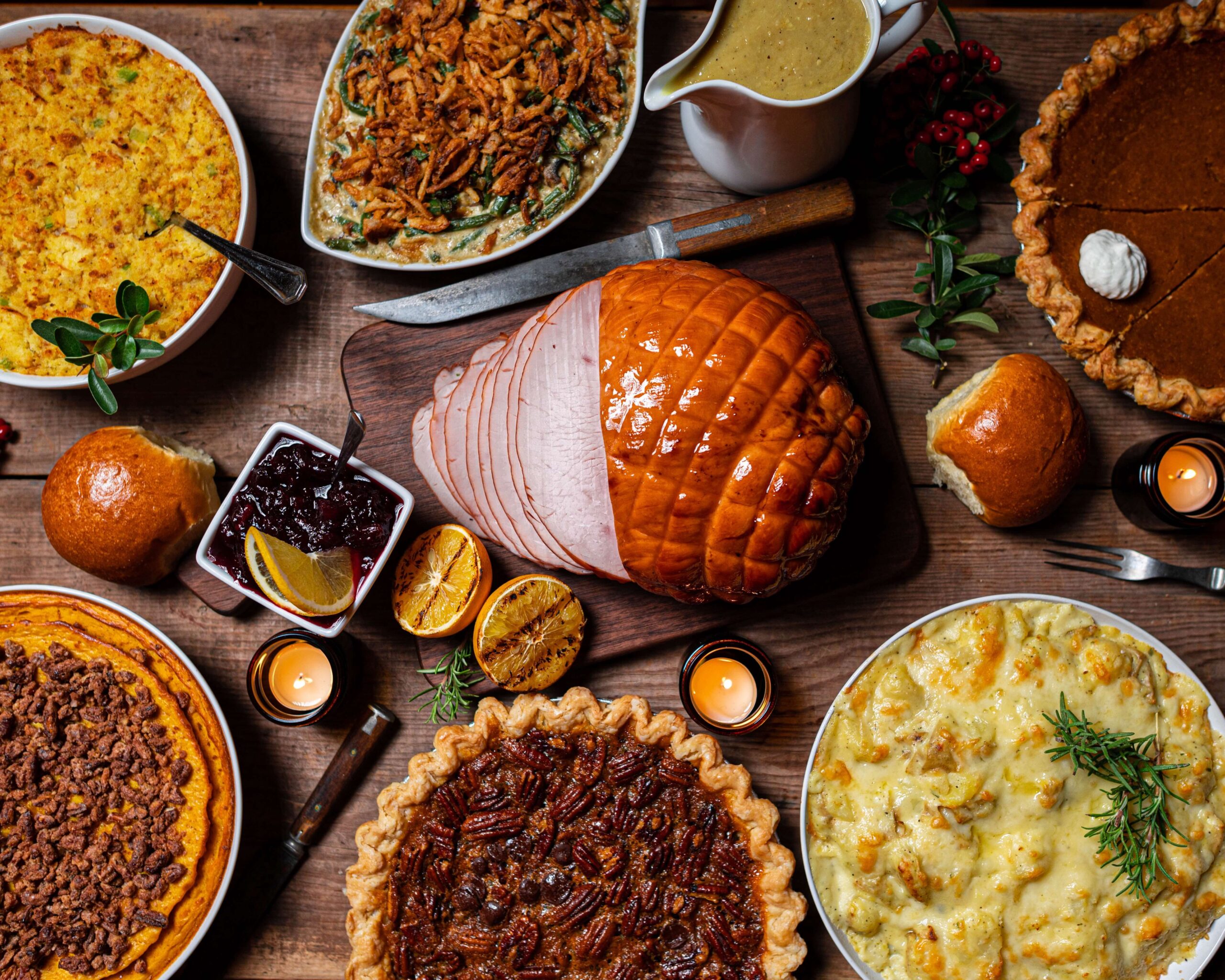
Preserving Thanksgiving Leftovers
Thanksgiving brings not just a day of feasting but also the inevitable bounty of leftovers. Transforming these into preserved delights means you can relish the flavors of Thanksgiving all year round.
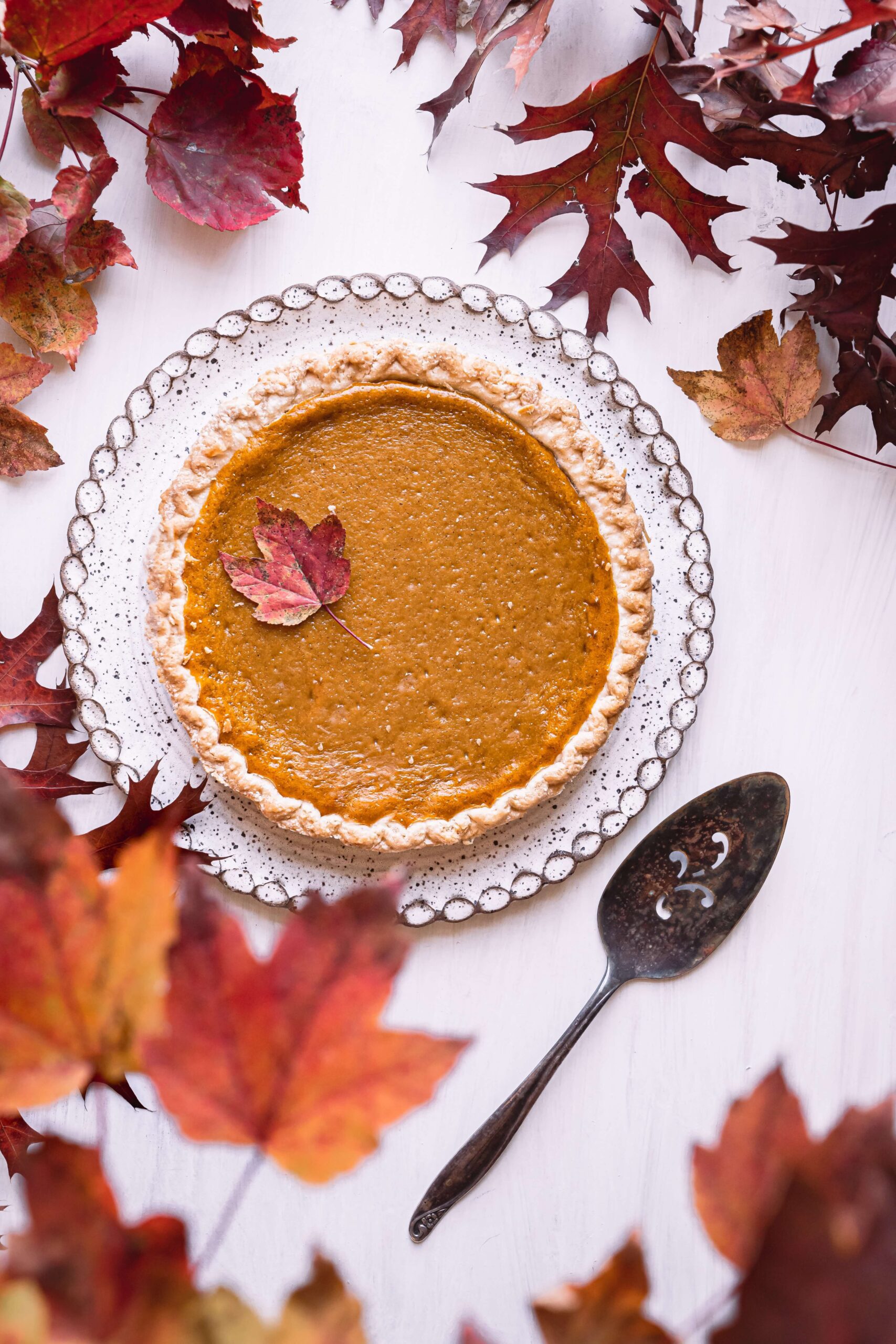
The Perfect Thanksgiving Pumpkin Pie Recipe
Thanksgiving is a time of warmth, gratitude, and of course, delicious food. Living off-grid doesn’t mean you have to miss out on traditional holiday treats. In fact, it offers a unique opportunity to connect more deeply with the food you prepare.
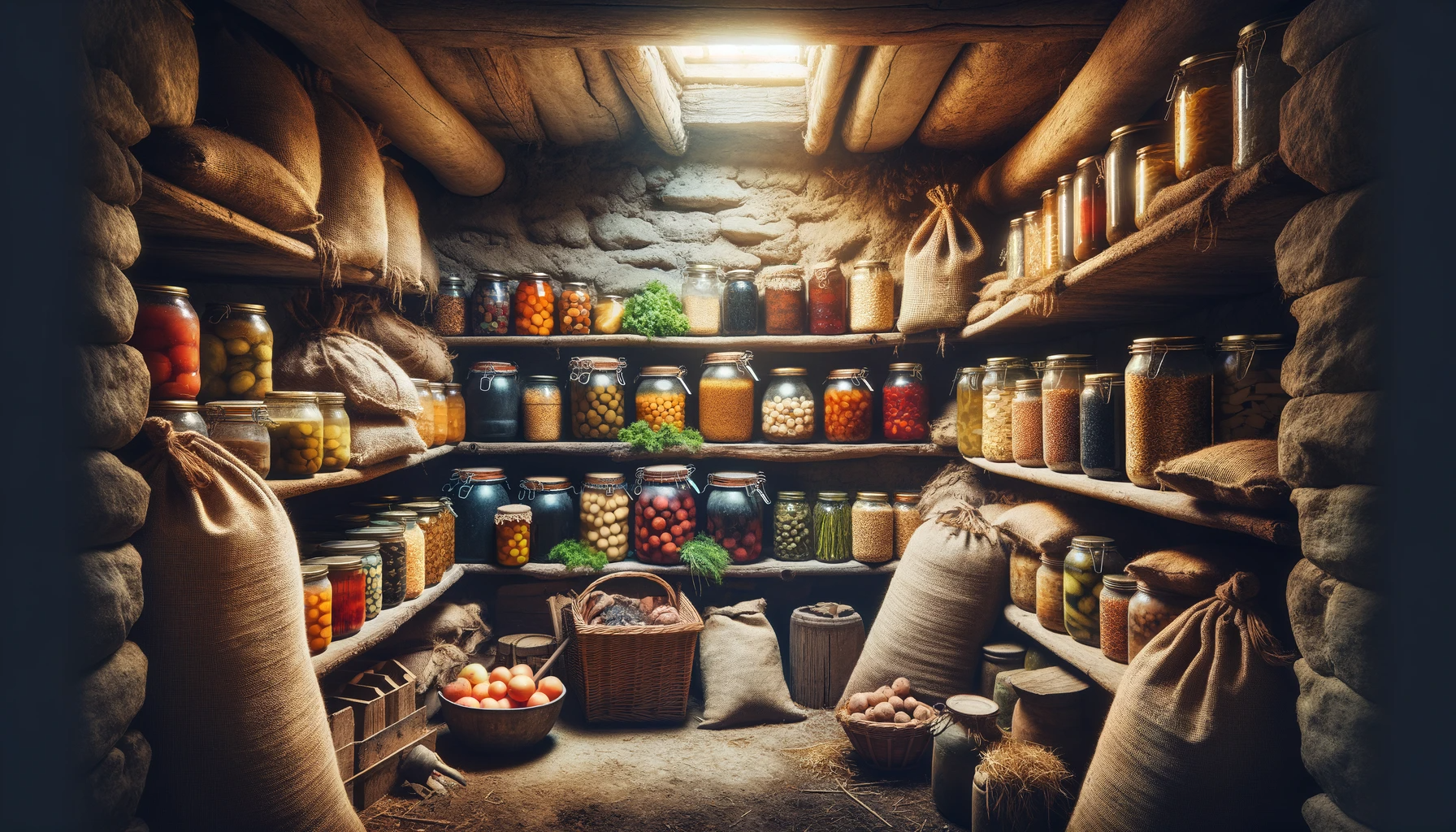
Building A Root Cellar: The Benefits of Storing Food Underground
Embracing the wisdom of our ancestors can lead to innovative solutions for modern-day sustainability. One such gem is the root cellar, an underground room used to store fruits, vegetables, nuts, and other perishable foods.

